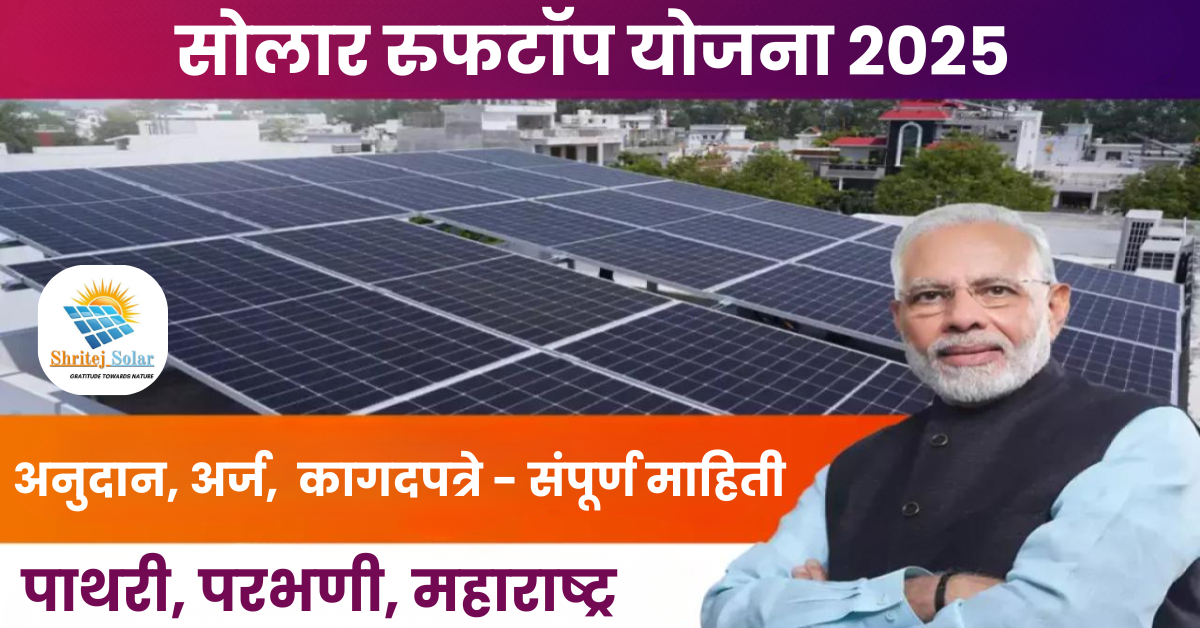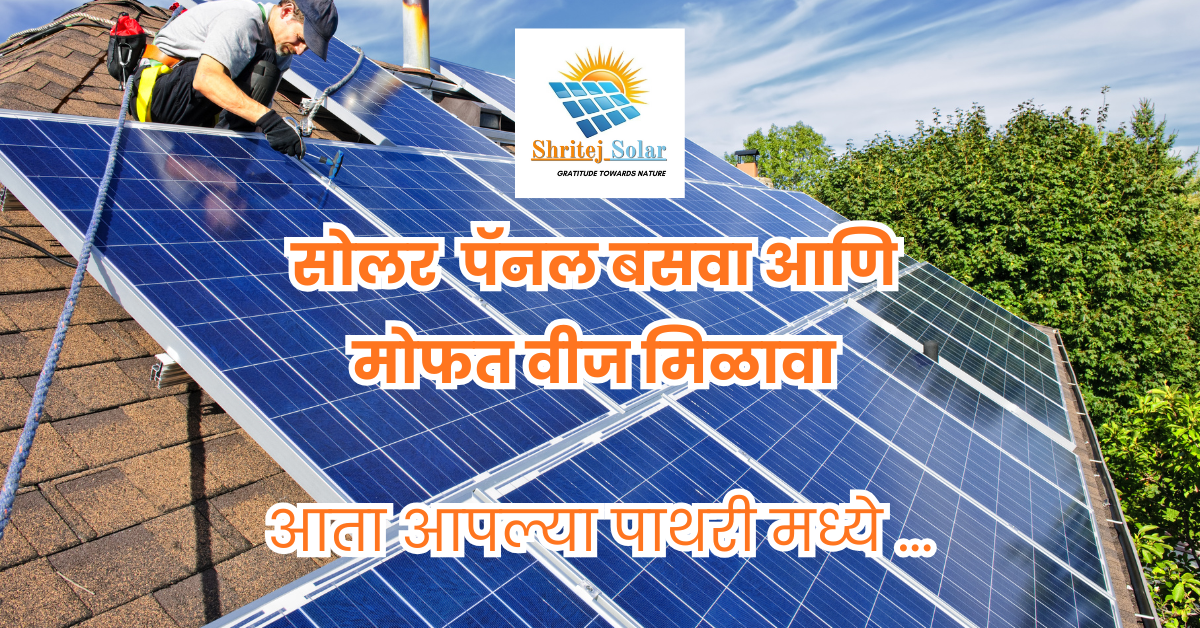Introduction to Rooftop Solar
Rooftop solar installations have become increasingly popular as homeowners seek to reduce their carbon footprint and electricity bills. This comprehensive guide will walk you through everything you need to know about installing solar panels on your rooftop.
“Solar energy is not just about saving money—it’s about creating a sustainable future for generations to come.”
Benefits of Rooftop Solar
- Significant reduction in electricity bills
- Lower carbon emissions
- Increased property value
- Energy independence
- Government incentives and tax benefits
System Components
A typical rooftop solar system consists of:
- Solar panels (photovoltaic modules)
- Inverter
- Mounting system
- Electrical wiring
- Monitoring system
Installation Process
The installation process typically follows these steps:
- Site assessment and roof inspection
- System design and engineering
- Permitting and documentation
- Installation of mounting system
- Panel installation
- Electrical connection
- System testing and commissioning
Maintenance and Care
To ensure optimal performance of your solar system:
- Regular cleaning of panels (2-4 times per year)
- Annual professional inspection
- Monitoring system performance
- Checking for shading issues
Cost Considerations
The cost of a rooftop solar system depends on various factors:
- System size (kW capacity)
- Panel quality and efficiency
- Installation complexity
- Local labor costs
- Available incentives
Return on Investment
Most residential solar systems pay for themselves within 5-7 years through electricity savings. Additional benefits include:
- Increased home value
- Protection against rising electricity rates
- Environmental impact


